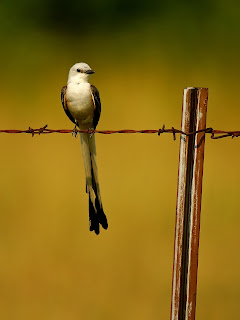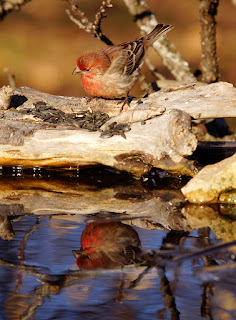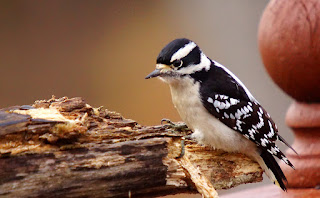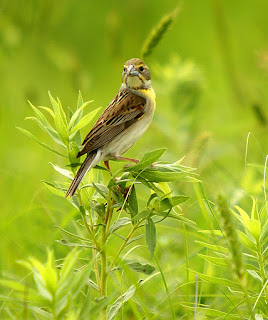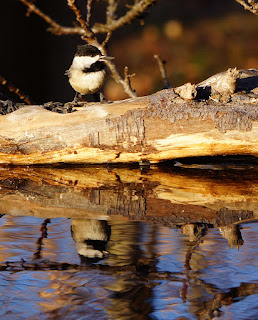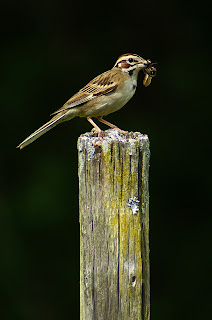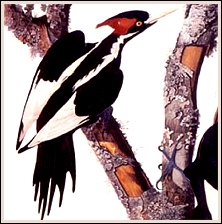Ever heard of the Zone System? If not it is an exposure method championed by Ansel Adams where you can assign different tonal values to the scene you are photographing. Those values run from completely black to completely white with varying degrees of gray spaced between. In the middle is the neutral middle toned gray value.
In this post we're not going to become too deeply involved about how to use the Zone System, but we are going to look at how and why understanding the Power of Tonal Values is important.
First of all, this graduated scale applies to all colors and every color when applied through its full spectrum will have a middle tone value. To keep things simple we're going to look at only the gray scale, but keep in mind the principles apply to all colors.
What your camera's metering wants to do is give you an average of the light it detects. It doesn't matter if you use a full matrix metering or single spot metering. The results are going to be an average of all the tones and brightness values it see's. Matrix metering does a pretty good job of getting the overall exposure
correct, but it is still just an average. So if you point your camera at a black wall the camera will want to make that black wall appear a middle toned gray. Point it toward a white wall, and again it will shift the exposure so it appears to become gray. That is why when we take pictures of snow, where the snow is dominant, it can appear to be gray.
I use matrix metering most of the time simply because it does a pretty good job of averaging out the exposure, however I will use spot metering under certain situations. Spot metering allows for metering a single small area and using that reading as the basis for setting your exposure. A good example of this is to meter a models face when there is a great deal of back light. (
Peoples faces do have different tonal values of course depending on their complexion due to their race or lifestyle.) A bright back light can confuse matrix metering into thinking it needs to shift the exposure down to turn it into that middle toned gray. This will cause the models face to become much darker than it actually is. By metering on her face, locking the exposure in based on that middle tone, the camera will ignore the back light and expose for her complexion.
Neutral tones also contribute to landscapes. A good landscape image especially a black and white image, will possess a range of tonal values from almost pure white to almost full black. When the scene contains a variety of tonal values, matrix metering works pretty well to capture the full range of values. Sometimes in post processing you can enhance a certain value such as bright or dark areas to add a higher degree of tonal complexity to your image. Doing so gives the image a great deal more depth.

Notice the image above. In this picture you will find tonal ranges that run the full spectrum from almost white to black with just about every tone of gray between. A slight tweak in Photoshop helped to enhance the bright areas, and bring life to the various middle values. When viewed as a larger image you can easily see how it has a great deal of depth to it. This is how you use the power of tonal values to its fullest. Knowing how your camera will react to the available light, will give you a greater ability to create images with depth.
When your subject has a dominant tonal value like a snow scene, you must always expose for the brightest area. If you simply allow you camera's metering to do what it wants, it will always give you a middle toned value, but you can compensate for that by using the
Exposure Compensation button on your camera. That is the +/- button most often located on the top or on the back of your camera This allows you to tell your camera to add light or remove light from the exposure it wants to use. Take snow for instance. If your scene is dominated by the snow, your camera will want to make it look grayer than we want. To correct for this, simply move the +/- setting into the + side. The +/- settings are broken down usually into 1/3rd stop values like 0.3 stop, 0.7 stop, 1.0 full stop all the way to as much as 3.0 stops brighter or darker. How much to move it depends on the situation and requires a bit of experimentation. Sometimes + 0.3 is all you need, sometimes +1.3 is required. What you have to do is to avoid over exposing the snow...a little gray is okay because snow does have texture and we do not want to blow it out.

The photo above demonstrates this idea pretty well. There is a tinge of gray in the snowy areas because there is texture filled with shadows and exposed material across the snow, but the snow itself appears white. Again this image contains a full range of tonal values.
There are situations where an object or scene contains a splash of white while the rest is mostly middle toned values or darker. If you simply expose for the darker areas, that white splash can often be blown out. In that case, you can use the exposure compensation in the opposite direction and drop it into the minus side, something like -0.3. This will slightly darken the middle values, but will keep the white splash from being blown out.
This color image of Sandhill Cranes is a good example of using the minus compensation value. Of course this was all preset before the birds took flight. The background was a bit darker than middle value, so I wanted it to look that way, but the birds were a middle toned gray, yet they have some white splash across their wings and under their chin. By presetting the exposure with a minus compensation, I was able to retain a full range of tonal values. Much of this comes with experience and experimentation...sometimes a good guess helps as well.
When there is a strong mix of light and dark values in a scene, there are times when employing a slight reduction in light will work to your advantage. The next image contains a wide mix of very bright and rather dark areas. If we are not careful, the darker areas will fool your metering into thinking it needs to brighten the exposure more than it should. This can often result in blown out light areas. So by employing a slight minus compensation value something like -0.3, you can still retain detail in the dark and light tones without blowing out the white areas. Also, remember shadows, either cast or deflected, are good on snow. They add detail and form to what can often look rather flat. A little gray is okay because it helps to define texture in snow. All you need is an illusion of white...almost white...with a tonal value slightly grayer than pure white to make snow look great.

There is no real cut and dried method to using tonal values in your photography, it is important however to understand the principle and then applying it to your photography. Sometimes we guess right and sometimes we don't, but to simply allow your camera to do what it wants to do all the time will result in average photographs. To capture the world in such a way as to bring depth and strength to the composition, employ the power of tonal values to what you are doing.

































